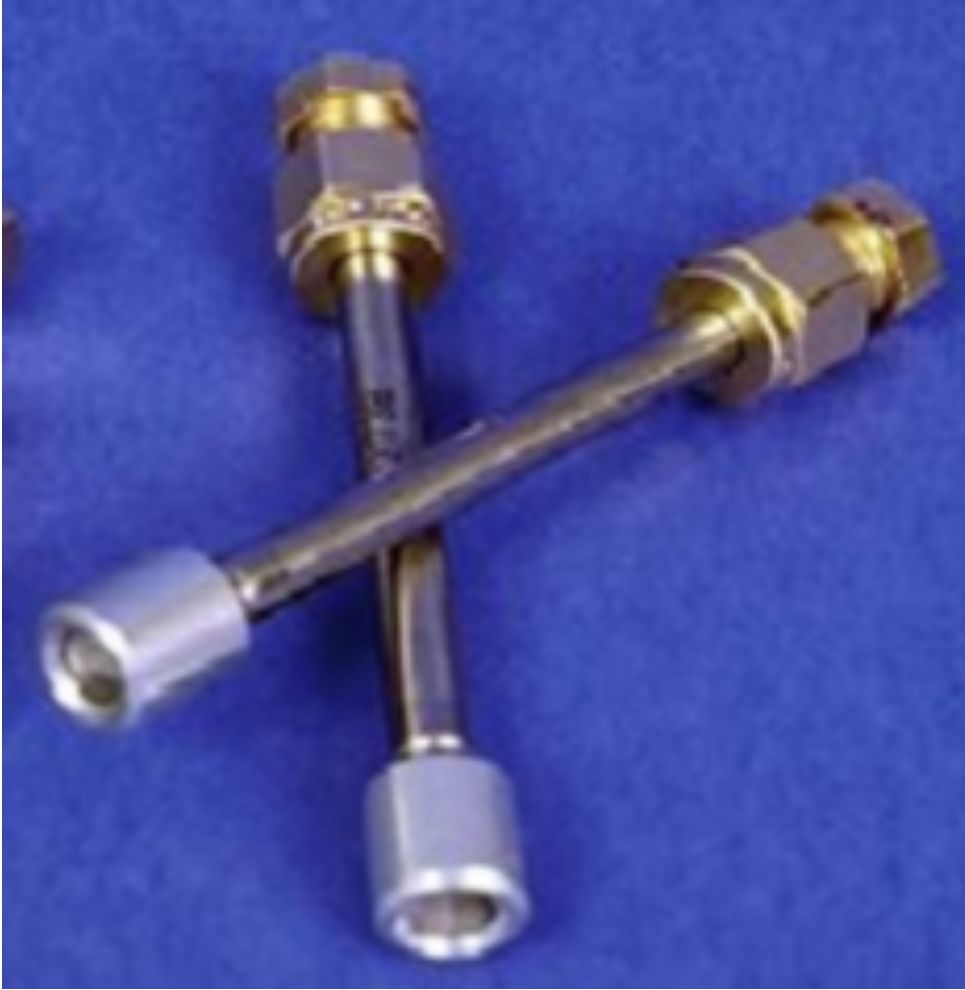The Air Force has been routinely testing the air in homes since 2003. Over the years, the method has been refined for greater accuracy. Through years of research and field experience, the Air Force has learned that vapor intrusion is not occurring all the time. In fact, it is very dependent on the conditions both inside and outside the home or business. The Air Force discovered early on that vapor intrusion is most likely to occur in the winter months when the furnace is being used. This often creates a lower atmospheric pressure inside the house or business building than outside, which draws vapors in from beneath the foundation. This can vary from day-to-day and even from hour-to-hour.
To take the sample, the Air Force uses a device called a passive diffusion sampler (pictured here). This device, about the size of a pen, is designed to test the air in a home or business over a period of about 26 days. Click here to view a fact sheet explaining the sampling method in greater detail. 
It is also important to understand that a detection does not necessarily mean vapor intrusion is occurring. Some household items and products contain the chemicals for which we are testing, and therefore, may emit vapors into the home or business. These vapors will be detected in the sample, which can't tell the difference between chemicals coming from inside the home or building and chemicals coming from the groundwater. To ensure that the vapors detected are coming from the groundwater, it's important to find and remove any potential sources of the chemicals of concern inside the home or building before the test is performed.